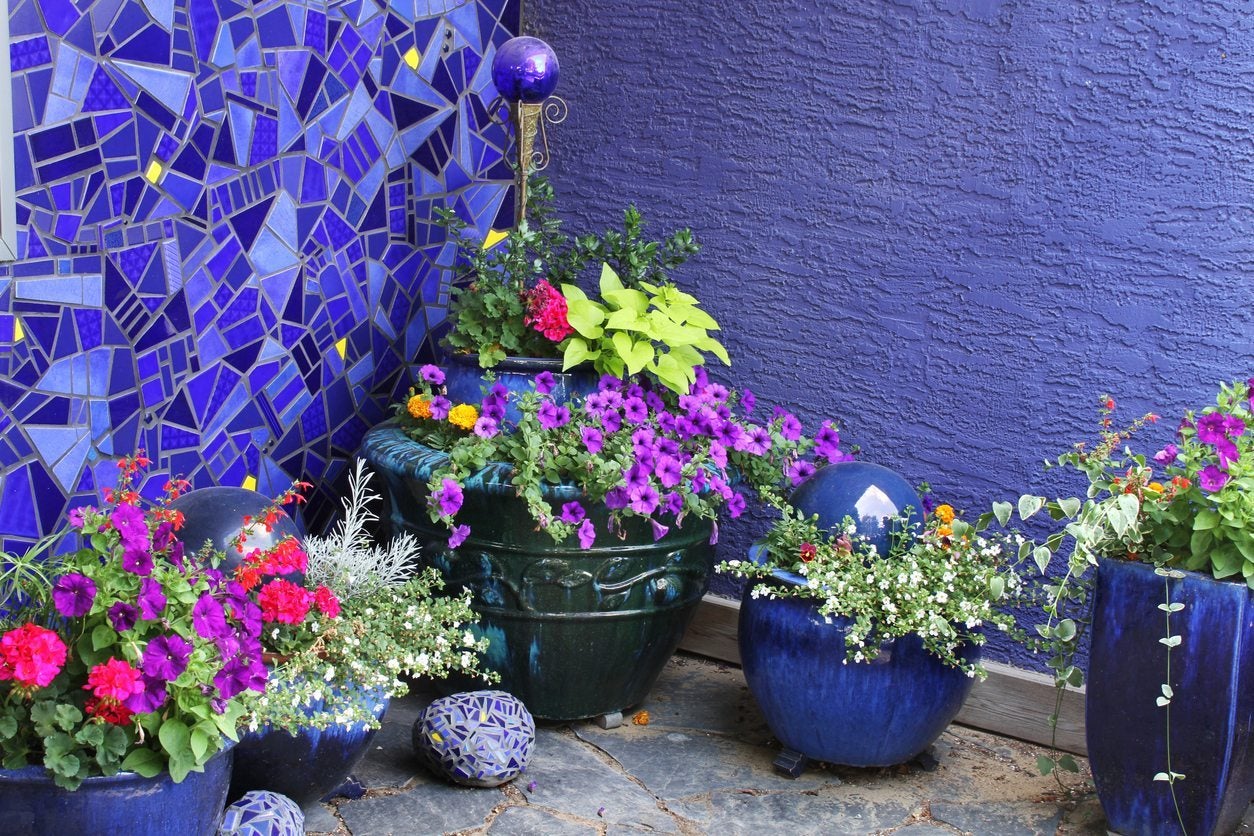What Is A Sheltered Area – When To Put Plants In A Sheltered Position


When purchasing plants, you may have been given special instructions to plant in a sheltered position. As a garden center employee, I’ve advised many of my customers to make sure to place specific plants such as Japanese maples, tender perennials, and specialty conifers in a sheltered location. So exactly what is a sheltered area and how can you create one in your garden? Continue reading to find out more about gardening in sheltered areas.
What is a Sheltered Area?
Sheltered locations are areas of the garden or landscape that protect plants from the elements. Every location and hardiness zone has its own challenges from weather and the elements. Garden plants may need to be protected from high winds, intense heat or sunlight, extreme cold, salt spray, heavy rains, or other storm damage. Too much exposure to the elements can cause plants to grow stunted, distorted, and many other problems. High winds, intense heat, and/or sunlight can cause plants to dry out quickly because they may transpire more water through their foliage than they take up through their roots. This can also happen in extremely cold situations where the root zone of plants are frozen and unable to take up water, but the aerial parts of the plants are exposed to drying winter winds and sun. The result is a condition known as winter burn. High winds can also cause plants to grow distorted, such as causing young trees to lean or grow crooked. They can also cause small tree trunks or branches to snap right off. Heavy winds, rain, hail or snow can also pulverize and flatten plants. For example, in springtime your peony could be full of blooms and looking wonderful until a heavy rain comes and leaves your plant flattened, with all its petals scattered on the ground around it. In areas of large snow accumulations, evergreens can split and flatten from the weight of the snow, leaving you with ugly shrubs that are bare and dead in the center but green and alive in a donut shape. Much of this destruction can be avoided by placing certain plants in a sheltered position.
When to Put Plants in a Sheltered Position
Taking a lesson from the three little pigs, it may seem like the best solution is to build solid, sturdy walls or fences around the garden to protect it from high winds. However, this has some flaws too. With exception to a quiet corner or protected area near your home or building wall, solid freestanding walls, or fences can actually increase the force of the wind and causes it to blast off in different directions over or around the wall, which can still damage large plants or plants in other locations. Walls and fences also do very little to protect plants from damage that comes from above, like heavy rain, snow, or hail, and even sun damage. In fact, lightly colored walls or fences can reflect more light on to plant, sometimes causing scorching or sunscald. Keeping plants sheltered can be done in many ways. In the case of high winds, it is better to soften the wind with natural hedges or windbreaks. Large hardy conifers, such as spruce or pine, can often tolerate winds better than small tender plants. As the wind hits them, it is softened and broken up through their branches. Slatted or lattice fences or screens can also effectively shelter plants from wind while pergolas, arbors, and large, strong sprawling trees can shelter plants from heavy rain, hail, snow, or intense sunlight.
Gardening tips, videos, info and more delivered right to your inbox!
Sign up for the Gardening Know How newsletter today and receive a free copy of our e-book "How to Grow Delicious Tomatoes".